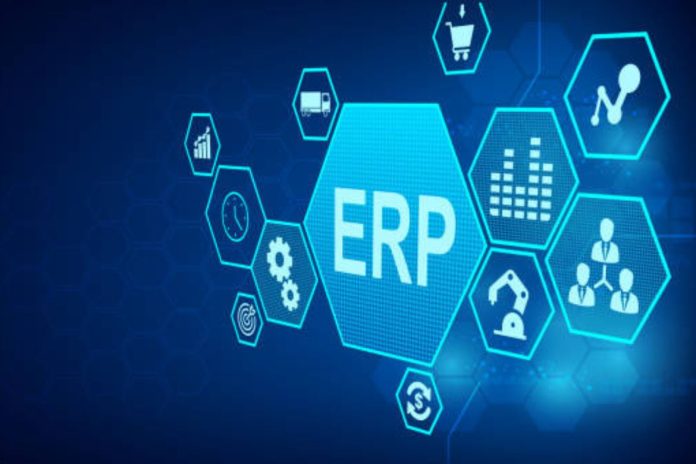Enterprise Resource Planning (ERP) systems have revolutionized the way businesses manage their operations. Beyond streamlining core processes like finance, human resources, and supply chain, ERP systems offer a powerful tool for cost control. By providing real-time visibility into data across the organization, ERP enables businesses to identify cost-saving opportunities, optimize resource allocation, and make data-driven decisions.
Key Benefits of ERP for Cost Control
- Enhanced Visibility and Transparency: ERP systems centralize data from various departments, providing a comprehensive overview of business operations. This visibility helps identify areas of inefficiency and potential cost savings.
- Improved Inventory Management: Effective inventory management is crucial for cost control. ERP systems can track inventory levels, monitor stock movements, and identify slow-moving items. This helps minimize excess inventory and reduce storage costs.
- Optimized Resource Allocation: By analyzing data on resource utilization, ERP systems can help businesses identify underutilized assets and reallocate resources to more critical areas. This can lead to significant cost savings.
- Streamlined Purchasing Processes: ERP systems can automate purchasing processes, reducing the risk of errors and ensuring timely delivery of materials. This can help negotiate better deals with suppliers and lower procurement costs.
- Improved Financial Reporting: ERP systems provide accurate and timely financial reports, enabling businesses to track costs, identify trends, and make informed decisions. This can help prevent overspending and ensure financial stability.
- Enhanced Decision Making: With access to real-time data, ERP systems empower businesses to make data-driven decisions that can lead to cost savings. By analyzing trends and identifying potential risks, businesses can proactively address issues and optimize their operations.
Implementing ERP for Cost Control: Best Practices
- Define Clear Objectives: Before implementing an ERP system, clearly define your cost control goals. This will help you select the right features and functionalities.
- Choose the Right ERP System: Evaluate different ERP options to find the one that best aligns with your business needs and budget. Consider factors like scalability, customization options, and integration capabilities.
- Involve Key Stakeholders: Ensure that key stakeholders from various departments are involved in the implementation process. This will help gather valuable input and ensure that the ERP system meets the needs of the entire organization.
- Provide Adequate Training: Invest in training for your employees to ensure they can effectively use the ERP system. Proper training will help maximize its benefits and minimize errors.
- Continuously Monitor and Optimize: Regularly review and analyze ERP data to identify areas for improvement. Continuously monitor and optimize your processes to ensure ongoing cost savings.
By leveraging the power of ERP systems, businesses can achieve significant cost savings and improve their overall profitability. By implementing effective cost control strategies and utilizing the insights provided by ERP, organizations can stay competitive and thrive in today’s challenging economic environment.Copy textCopy HTMLRefuseDone








